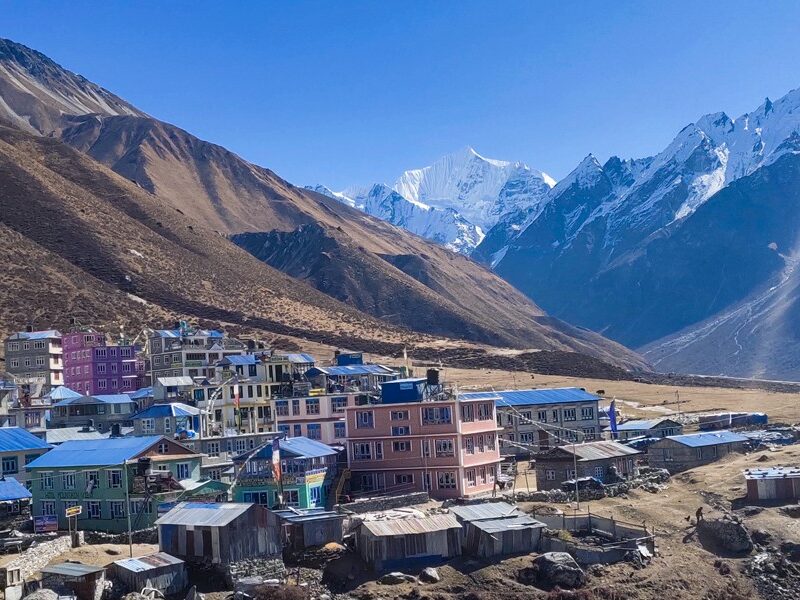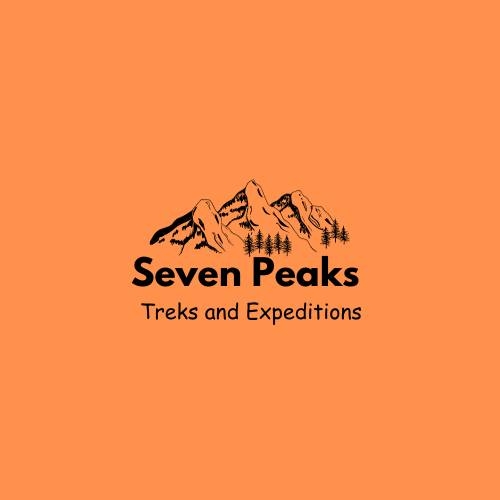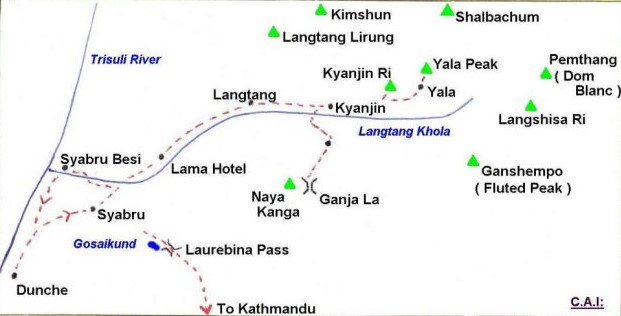Best Seasons for Langtang Valley Trekking:
Like all Nepal Himalayan areas which is almost the same for Langtang Valley trekking from March to May with September to early December months of the year, except wet monsoon months of mid June to mid September when days are cloudy that obstructs views of mountains.
But very green with lush vegetations (not recommended during monsoon wet months unless for botanical people to study flora and fauna)
Best time from March to May when most of day is clear for views and pleasant walks with moderate temperatures, with longer sunlight hours where wild flowers are in blooming times, especially rhododendron of various species from trees to bush of different colored flowers (national flower of Nepal the rhododendron), March to May late afternoon can get cloudy with chances of rain and snow in higher altitude.
September to December around autumn /fall and pre winter best times with clear blue sky and sunny days (for short while from morning to mid day) can be cold and freezing during morning and night times above 1,800 m high.
Sunlight hours are short during autumn and winter seasons but most of the morning till late afternoon are clear for views and pleasant walks.
People and Culture:
High Langtang Valley populated by Tamang people the ethnic hill tribes of Northern Central and Langtang Himalaya follows Buddhism religion similar culture as Tibetans with colorful impressive custom and traditions.
Introduction:
Langtang Valley Trekking short and the best within a week time frame an enjoyable walks to high and beautiful country of North Central Himalaya range within Langtang Himal around the district of Rasuwa, the home of indigenous Tamang tribe the hill people of high Himalaya.
Langtang valley trekking a perfect holiday for travelers with short and limited duration where adventure leads you to moderate walks with ups and downhill with ever present views of high snow capped mountains in close harmony of traditional farm villages adorned with colorful culture of Buddhism religion and witness its interesting custom.
Starts with long and exciting overland journey from Kathmandu heading due north, as Langtang Himal the closest mountain range from the capital city of Kathmandu, as drive leads from low warmer area to cooler alpine hills where our adventure walks begins.
Walking higher trails past several farm villages and well tended terraces and entering cool lovely forest covered with tall rhododendron, magnolia, oaks, pines and firs includes stalks of bamboo which makes great habitat for rare and endangered Red Panda and other wild-life often seen on walks to Langtang valley.
As adventure progress on leaving dense tree lines reaching a wide scenic Kyanjin located with Langtang valley surrounded by high giant peaks of Langtang and Central Himalaya with free days at Kyanjin in the comfort of nice lodge with warm local hospitality.
At Kyanjin on the highest spot of the journey with time to explore around high scenic hill to catch more views of Langtang Himal range that includes some peaks of Tibet towards north direction.
After a great enjoyable time heading back on the same trail allowing you more to experience beautiful surroundings as route leads back at Syabrubesi village where exciting drive brings you back at Kathmandu to complete marvelous adventure on Langtang Valley Trekking.



